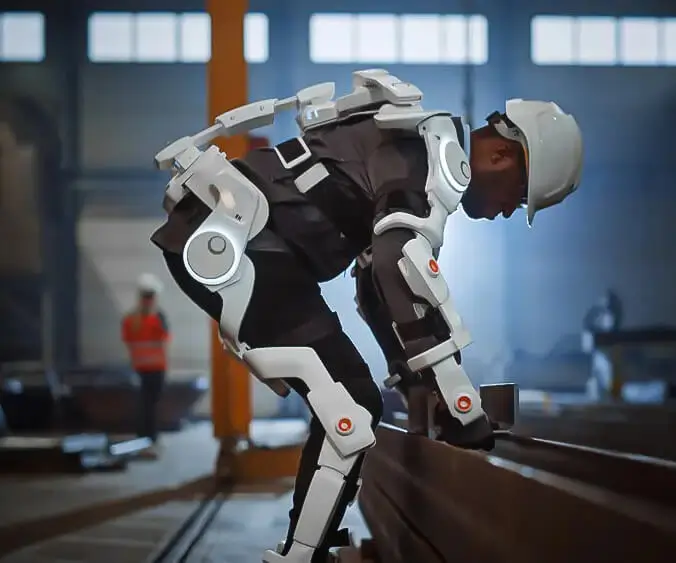Imagine a world where machines move with pinpoint accuracy, whisper quietly, and pack a punch of power—all at the same time. Welcome to the realm of brushless servo motors, the silent heroes of modern automation, robotics, manufacturing, and aerospace. As technology advances, the demand for more precise, reliable, and efficient motors grows exponentially. At the heart of these innovations lies a fascinating branch of electrical engineering known as brushless servo motor control theory.

Understanding Brushless Servo Motors
Before diving into control theory, it’s essential to understand what makes brushless servo motors so special. Unlike brushed motors, which rely on physical brushes to transfer current to the rotor, brushless motors (also known as BLDC motors—Brushless Direct Current motors) eliminate brushes altogether. This design reduces electrical noise, wear and tear, and maintenance requirements, leading to longer-lasting, more reliable operation.
A typical brushless servo motor consists of a stator—equipped with coils—and a rotor embedded with permanent magnets. The challenge? How to control the motor’s speed, position, and torque with high accuracy. This is where control theory becomes critical.
The Core Challenge in Servo Control: Precise Regulation
At its core, servo motor control seeks to regulate the motor’s output—be it position, speed, or torque—to match a desired input signal. Achieving this requires sophisticated algorithms and control strategies capable of interpreting feedback and adjusting motor inputs in real time.
Traditional control methods laid the groundwork, but as applications demanded greater precision and efficiency, more advanced techniques emerged. These techniques accounted for the nonlinear behaviors, parameter variations, and external disturbances that characterize real-world operation.
Fundamentals of Control Theory for Brushless Servos
The control of brushless servo motors is grounded in several scientific principles:
Open-Loop Control: A simple approach where inputs are applied without feedback. It’s straightforward but unsuitable for high-precision tasks due to disturbances and parameter variations.
Closed-Loop Control: Incorporates feedback—such as sensors measuring position or speed—to continuously fine-tune the motor’s drive signals. This category includes PID control, a fundamental yet powerful method.
Vector Control (Field-Oriented Control): An advanced technique that transforms the motor’s stator currents into a rotating reference frame aligned with the rotor. This approach allows for independent control of torque and flux, akin to controlling a DC motor.
Sensorless Control Strategies: As sensors add cost and complexity, sensorless methods estimate rotor position and speed from electrical measurements, relying heavily on mathematical models and signal processing.
Feedback and Sensor Technologies
In traditional servo systems, position sensors like encoders or resolvers provide critical feedback, enabling precise control. However, sensorless methods have gained popularity, relying on the electrical characteristics of the motor signals to infer rotor position. Both approaches demand sophisticated algorithms for optimal performance—examples include Kalman filters, observer designs, and sliding mode controllers.
Key Mathematical Foundations
Controlling brushless servo motors hinges on a solid understanding of electrical dynamics. The motor’s behavior can be described via differential equations incorporating flux linkage, electromagnetic torque, and electrical time constants. Modern control strategies leverage these models, employing techniques like:
Park Transform: Converts stator currents into the rotor-oriented frame for independent manipulation. Space Vector Modulation (SVM): Efficiently generates the inverter switching signals for precise control. State Feedback Control: Uses multiple state variables to achieve robust regulation despite uncertainties.
Challenges in Control Theory Application
A host of challenges confront engineers working in this sphere:
Parameter Variations: Temperature shifts and aging alter motor parameters, demanding adaptive algorithms. Nonlinear Dynamics: Magnetic saturation and cogging torque introduce nonlinear behaviors. Communication Delays: Real-time control requires high-speed computation and minimal latency. Noise and Disturbances: External vibrations, power supply fluctuations, and electromagnetic interference complicate sensing and control.
To address these, modern solutions blend classical techniques with artificial intelligence and machine learning, creating adaptive and predictive control algorithms that continuously optimize performance in complex environments.
Leveraging innovations in modular drive technology, Kpower integrates high-performance motors, precision reducers, and multi-protocol control systems to provide efficient and customized smart drive system solutions.




































